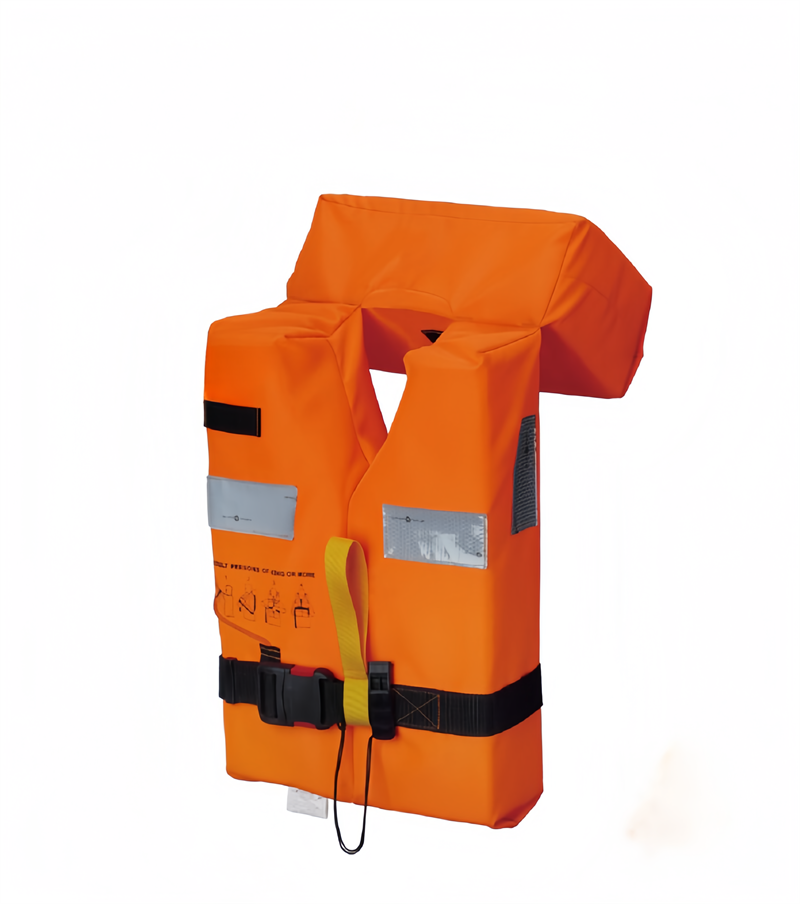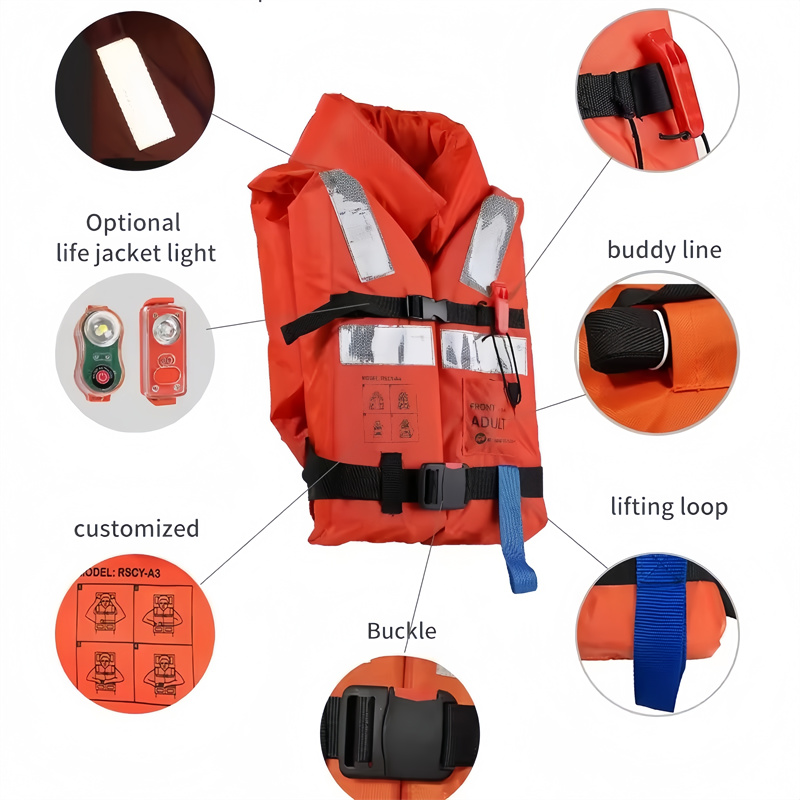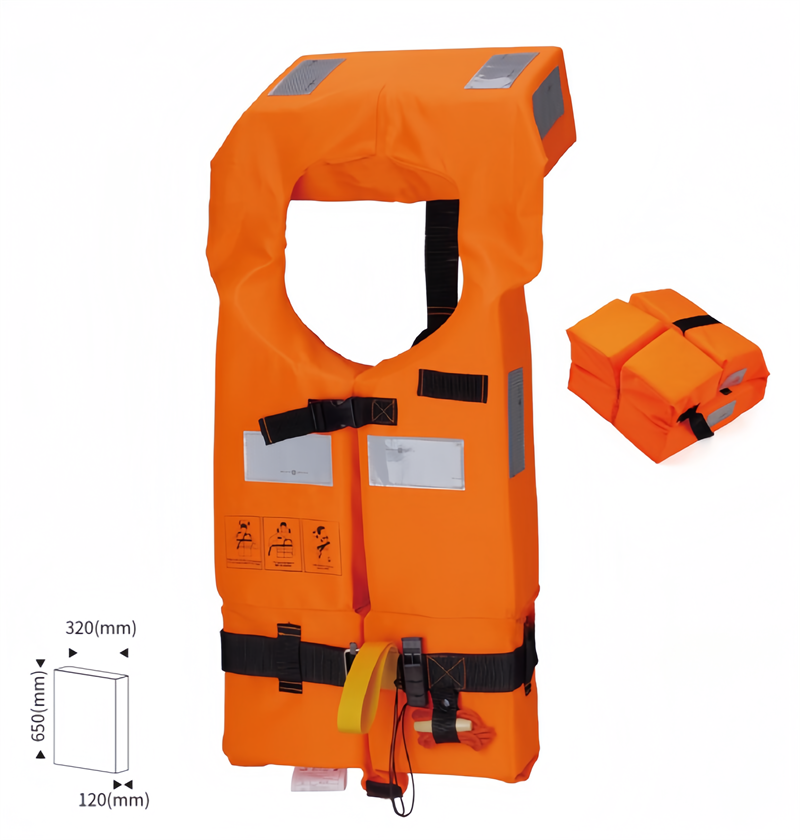The Indispensable Role of Marine Life Jackets in Ensuring Safety at Sea
In the vast blue expanse of our oceans and waterways, safety should always be a top priority. Among the most crucial pieces of life saving equipment for any maritime adventure is the humble yet indispensable marine life jacket.

Evolution of Marine Life Jackets
The concept of life jackets dates back centuries, with historical accounts of various flotation devices being used to aid in waterborne survival. However, the modern marine life jacket, as we recognize it today, has undergone significant advancements in design and technology.
One of the earliest recognizable life jackets is the cork vest, which gained popularity in the late 19th century. These vests were made from buoyant cork pieces sewn into fabric pockets, providing a rudimentary form of flotation. Over time, materials such as kapok and foam became favored for their superior buoyancy and durability.
Today’s marine life jackets are the result of decades of innovation and refinement. They come in a variety of styles, from traditional foam-filled jackets to inflatable models that offer enhanced comfort and freedom of movement. These advancements have not only improved safety but have also made life jackets more accessible and comfortable for users of all ages and sizes.

Types and Varieties of Marine Life Jackets
Designed to keep individuals afloat and protected in the event of an emergency, life jackets come in a variety of types and styles to suit different activities, preferences, and environments.
1. Foam-Filled Life Jackets
These are the traditional life jackets that most people are familiar with. They are constructed with layers of foam padding encased in durable fabric. Foam-filled life jackets are inherently buoyant, providing reliable flotation without the need for inflation mechanisms. They come in different styles, including:
- Vest-style Jackets: These are sleeveless jackets that wrap around the torso and fasten securely with buckles or zippers. They offer freedom of movement and are commonly used for recreational boating and water sports.
- Jackets with Collars: These jackets feature a collar that provides additional support to the head and neck, making them suitable for activities where there is a risk of unconsciousness or injury, such as offshore sailing.
- Full-body Suits: These are more encompassing than traditional vests, providing flotation for the entire body. They are often used in commercial maritime settings or for extreme water sports where immersion in cold water is a concern.
2. Inflatable Life Jackets
Inflatable life jackets have gained popularity for their lightweight and low-profile design, offering enhanced comfort and mobility compared to foam-filled jackets. They rely on inflation mechanisms to provide buoyancy and come in two main types:
- Automatic Inflatable Jackets: Equipped with water-sensitive triggers, these jackets inflate automatically upon immersion in water. They are ideal for activities where rapid flotation is essential, such as offshore fishing or sailing.
- Manual Inflatable Jackets: These jackets require the wearer to pull a cord to activate the inflation mechanism manually. They offer more control over when the jacket inflates and are preferred by some boaters for their versatility.
3. Hybrid Life Jackets
Hybrid life jackets combine elements of both foam-filled and inflatable designs, offering the benefits of each type in a single garment. They typically feature foam padding for buoyancy supplemented by inflatable chambers for added flotation and flexibility. Hybrid jackets are becoming increasingly popular among boaters who value versatility and performance.
4. Specialized Life Jackets
In addition to general-purpose life jackets, there are specialized models designed for specific activities and environments:
- High-Visibility Jackets: These jackets feature bright colors and reflective strips for enhanced visibility in low-light conditions or high-traffic areas.
- Child-Sized Jackets: Scaled-down versions of adult life jackets, designed to provide proper flotation and safety for children.
- Floatation Aid Vests: These jackets are designed for activities such as snorkeling, paddleboarding, or kayaking, providing buoyancy without the bulkiness of traditional life jackets.

Why the Proper Fit and Selection of Marine Life Jackets are Crucial
1. Personalized Protection
No two bodies are exactly alike, which is why finding a life jacket that fits properly is essential. A life jacket that is too large may slip off in the water, while one that is too small may restrict movement and impede breathing. Properly fitting life jackets are designed to keep the wearer’s head above water and provide support to the torso and neck, reducing the risk of drowning.
2. Comfort and Mobility
Comfort is key when it comes to wearing a life jacket for an extended period. A well-fitted life jacket should feel snug but not constricting, allowing for comfortable movement without chafing or irritation. Mobility is equally important, especially during activities such as boating, fishing, or watersports. Life jackets that are too bulky or restrictive can hinder performance and detract from the overall enjoyment of the activity.
3. Activity-Specific Design
Different activities require different types of life jackets. For example, offshore sailing may necessitate a more robust jacket with additional flotation and insulation, while kayaking or paddleboarding may call for a lightweight and streamlined design. Understanding the demands of the activity and selecting a life jacket tailored to those needs is essential for ensuring optimal safety and performance on the water.
4. Compliance with Regulations
Many jurisdictions have regulations in place governing the use of life jackets on the water, particularly for children and non-swimmers. Failure to comply with these regulations can result in fines and, more importantly, compromise the safety of individuals onboard. Selecting a life jacket that meets the applicable safety standards and ensuring that it is worn as required is essential for legal compliance and peace of mind.
5. Regular Inspection and Maintenance
Even the best-fitting life jacket won’t provide adequate protection if it is damaged or improperly maintained. Regular inspection of life jackets for signs of wear, tear, or deterioration is essential for ensuring their effectiveness. This includes checking for frayed straps, damaged flotation material, and corroded hardware. Additionally, inflatable life jackets should be inspected for leaks and have their CO2 cartridges replaced as needed.

Conclusion
Marine life jackets are more than just safety equipment and they’re essential tools for preserving life and preventing tragedy on the water. Whether you’re embarking on a leisurely cruise or setting out on a deep-sea fishing expedition, wearing a properly fitted and maintained life jacket is non-negotiable. By understanding the importance of life jackets and adhering to best practices, we can all contribute to a safer and more enjoyable maritime experience for everyone.

